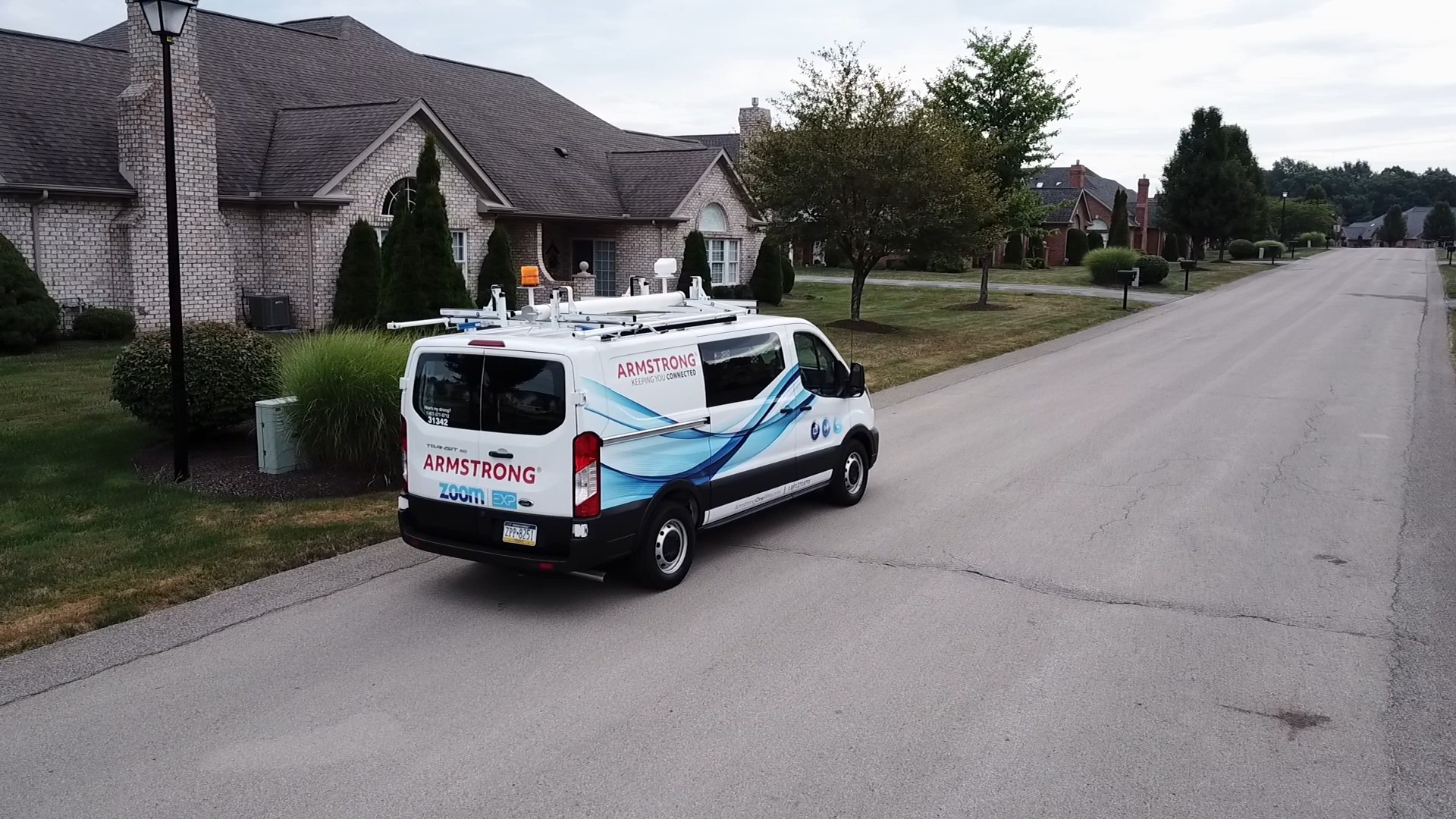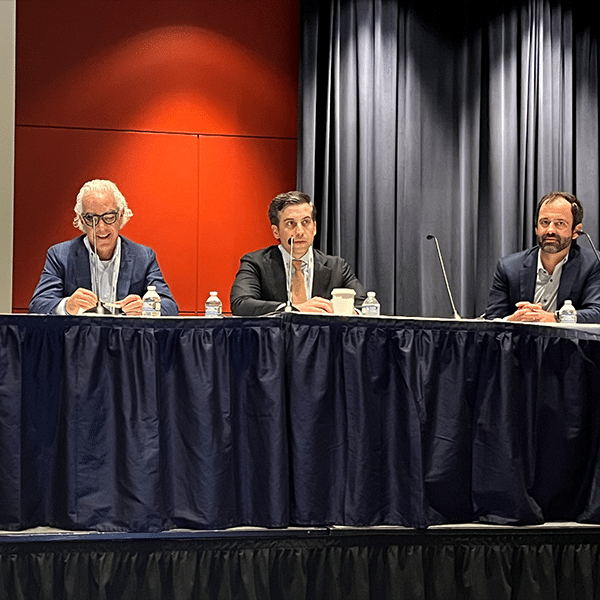Cable MSO Armstrong is making more fiber broadband investments, with a path to 10G XGS-PON now underway. The traditional cable company made the decision several years ago to pursue fiber over upgrading its HFC DOCSIS network for its long-term broadband access strategy. It’s representative of a growing cable industry fiber strategy
“The vision of our ownership has been clear for years and years,” said David Wittmann, Armstrong vice president of cable marketing in an interview with Telecompetitor. “It is clear as a day that the industry vision of 10G, we support, and we want to get there for the consumers and businesses where we operate.”
Wittmann says the company’s 10G strategic vision will be fulfilled mostly with FTTP. He stopped short of saying the company will totally abandon its traditional HFC plant, saying there may be pockets of Armstrong’s network where they have to continue to invest in that legacy technology. But fiber is definitely the operator’s strategic focus.
Cable Industry Fiber Strategy
Armstrong is utilizing ADTRAN’s Total Access 5000 platform to upgrade to 10G capable XGS-PON. It will allow Armstrong to continue to serve its existing GPON subscribers while transitioning them to XGS-PON over time.
“We are now overlaying XGS-PON technology with the capacity of symmetrical 10 Gbps downstream and upstream on the same fiber strand into homes and businesses with GPON,” said said Mike Giobbi, CTO at Armstrong in an ADTRAN press release. “Armstrong has reached the 10G platform the cable industry has committed to deploying.”
Wittmann says migrating to fiber offers other advantages, including for its legacy HFC network. As you move more subscribers to fiber, it frees up capacity on the traditional HFC network, improving the experience for customers who remain on it.
Wittmann declined to reveal how many fiber customers Armstrong already serves but did say it numbers in the tens of thousands. Armstrong is the 11th largest cable MSO in the country and passes around 400K locations across its footprint in Kentucky, Maryland, New York, Ohio, Pennsylvania and West Virginia, according to its website.
Armstrong is illustrative of a growing cable industry fiber strategy, where traditional cable companies are selecting fiber as their next-generation network technology of choice. It begs the question, how do you define a cable company these days. The lines are blurring for sure.
When asked of this, Wittmann commented, “[i]nteresting question. I think we wrestle with that a little bit, I think the industry wrestles with that a little bit, and I think the consumer wrestles with that a little bit.”
While acknowledging these changes may cause a company like Armstrong to take a fresh look at its brand, Wittmann suggested ultimately this is nothing new. “We’ve always invested in improving our infrastructure every year, that’s required to just hang in,” he said. “We made a commitment of investing several hundred million towards our existing infrastructure.”
Wi-Fi and Video
The move to FTTP coincides with other technology enhancements Armstrong is pursuing. The company started including an enhanced Wi-Fi solution, powered through the Plume platform a couple years back. Armstrong sees a combined fiber and Wi-Fi product mix as critical to its success.
“In our labs, we’re showing in excess of 900 meg speeds that we can generate over Wi-Fi around your house,” said Wittmann. “As more and more people move towards gig and that’s what’s happening across the industry and certainly for us, more and more people are choosing gig to meet the needs of their home. A superior Wi-Fi connection is critical to that, absolutely critical.”
Wittmann said video is still key for the operator and he doesn’t see that changing anytime soon. “Where we operate, we have a significant percentage of folks that still see value in traditional video and we’ve invested in it.” Wittmann says Armstrong has developed a streaming IP video offer that is just starting to roll out.



